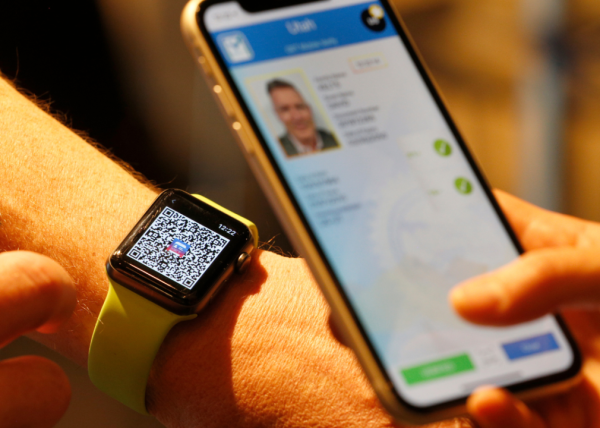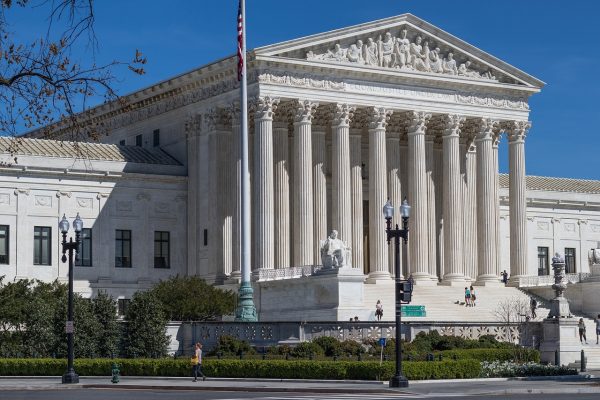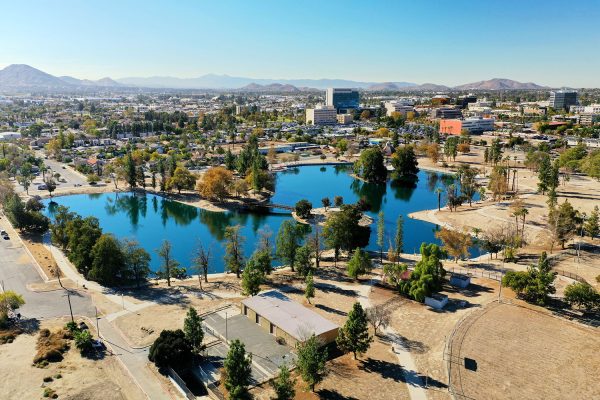Smartphones already make day-to-day life more convenient. Soon, they may be widely used to prove identities.
Nine in 10 Americans own smartphones to stay connected, find information, track exercise, play games, capture life’s moments and more, Pew reported in June. Increasingly, smartphones also store highly personal information, like credit card numbers, personal health data, bank accounts and investment portfolios. Most people still carry around a physical driver’s license or state ID to verify their identity.
That may soon change. Mobile driver’s licenses are official state-issued identity credentials stored on smartphones and are becoming increasingly common. They contain the same information as a physical driver’s license and can be updated in real time.
Uniqode examined news coverage, industry reports, and other sources to explore the rise in digital IDs and their benefits and drawbacks.
Although other countries have adopted mobile identities for years now, most states don’t offer MDLs — yet. According to the American Association of Motor Vehicle Administrators, just 13 states around the country have fully implemented MDL systems, with another 15 in the process of bringing MDLs to their residents.
Digital IDs vary across states; some MDLs are just digital versions of a physical driver’s license. Others use a security standard set by international bodies, the International Organization for Standardization and the International Electrotechnical Commission, to ensure security, privacy and accuracy. MDLs that apply the widely accepted ISO/IEC standard can also be used across state lines.
Colorado and California have led the charge for digitizing IDs. In 2023, California launched a MDL pilot program for up to 1.5 million residents, with over 500,000 of them taking advantage of the program in its first year. Residents can use the California DMV Wallet app, as well as Google and Apple wallets for secure MDL storage. However, it’s not yet accepted statewide — drivers must still carry a physical ID, but some retailers and airport TSA checkpoints accept it as valid identification.
Coloradans can also put an MDL into Google Wallet for use at some TSA checkpoints, but it hasn’t yet replaced a physical driver’s license. However, drivers can use MDLs on the road by pulling up a QR code, which, when scanned by Colorado State Patrol, accesses their license and car registration information in their myColorado app account. This could potentially eliminate the need for physical IDs during traffic stops.
Despite the convenience of a contactless system, usage rates are low. In 2023, only 191 traffic stops used the QR code scan, even though 1.34 million people have registered for the myColorado app.
While MDL adoption and use might be slow, TSA acceptance of MDLs may help spur adoption. Airports in 21 states allow MDLs as valid identification for TSA checkpoints — with the caveat that passengers still need to also have a physical ID for verification.

The pros and cons of digital IDs
As more states offer an MDL option, users must weigh the benefits and risks.
Proponents of digital IDs tout their convenience and security. When digital IDs are fully implemented, easily lost or stolen physical cards could be a thing of the past, and real-time updates might make address changes and renewals easier. Users can also choose to share specific parts of their ID — for example, showing only one’s age when purchasing alcohol to keep the rest of their personal information private.
In addition to more seamless usage, MDLs also have an added layer of security. They’re stored within a digital wallet that benefits from an extra layer of biometric security, offering more protection if a phone is lost or stolen. A digital ID can also be used in multi-factor identification.
That said, some organizations warn against the broad use of digital IDs. Digital civil liberties group Electronic Frontier Foundation expressed concerns that digital IDs require people pulled over for traffic stops to freely hand their phones to police officers as identification, allowing law enforcement access to more information on their phone, which typically is not permitted without a search warrant. Even with the security protections of a digital wallet, it could be easy for someone to share information that may ultimately be used against them.
The National Immigration Law Center echoes these concerns. Police and national government agencies — and the corporations they contract — can leverage MDLs for surveillance purposes, according to a 2023 report from the Surveillance Resistance Lab and the NILC. Apps that share location data in the background could make targeting and finding MDL holders easier. Likewise, using a digital ID for verification leaves behind a digital trail that could be used to track people. Should MDLs become mandatory identification, residents would potentially give up the ability to remain anonymous.
Even though tracking peoples’ cell phone, credit card and social media usage is easier than ever, proponents of digital IDs say that MDLs won’t contribute to an individual’s ever-growing digital footprint.
However, only time will tell; agencies that use advanced design and meet technical standards can ensure digital ID systems can function properly without creating a surveillance state.
Written by Jill Jaracz. Story editing by Alizah Salario. Additional editing by Kelly Glass. Copy editing by Kristen Wegrzyn.
This story originally appeared on Uniqode and was produced and distributed in partnership with Stacker Studio. The article was copy edited and retitled from its original version.
Re-published with CC BY-NC 4.0 License.







